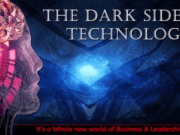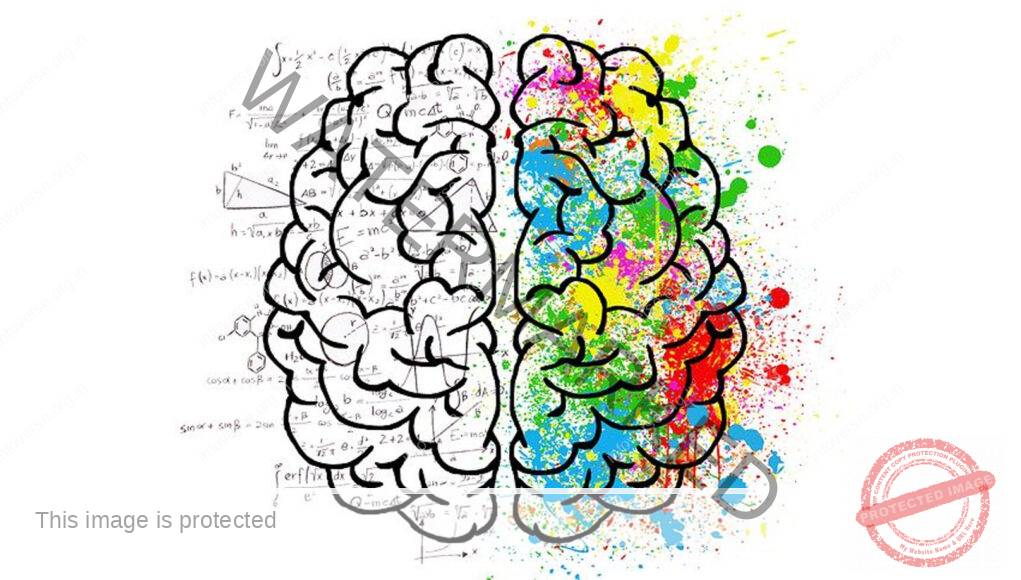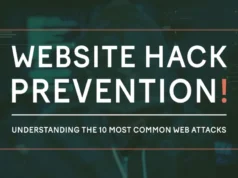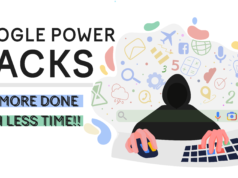Remember when you bought that dress you’re yet to wear, while you simply “scrolled through” a shopping website on your phone. You ask yourself what you were thinking every time you see it in your cupboard.
We’re here to tell you that you weren’t thinking. We, the marketers, were thinking for you. One could look at this blog as an expose on the way marketers attract your attention to the exact things you weren’t invested in at all.
Understanding people, what works for them, intrigues them, and makes them the happy consumers we need, is the pinnacle of any marketer’s job. If you’re a fellow marketer, we’re here to give you a sneak peek into the mind of your leads.
We all know the value of conversions, and it’s time you took optimization into your hands.

Psychology in Business
Psychology is one among the many highly interesting subjects under the umbrella of Philosophy. The science of understanding the way humans and other intelligent beings work, and applying these findings in the world we see around us is brilliant, to say the least.
‘Having studied psychology is considered a strength in most fields that require direct human interaction, or that would require one to have the power of convincing.
What better field to use this research than business – marketing most of all? Looking once again at the world around you, the evergreen presence of marketing and business will spring out at you.
The power to communicate comes unparalleled in the world of marketing and advertising.
However, the power to influence far surpasses this skill, creating a niche for those who always had a knack for understanding their audience. To give you a clearer idea of how you and your team use psychology in various sections within the business world, we’ve made a short list.
Conceptualizing Products and Services:
From the get go, be it figuring out what new thing you wish to offer people, or what you can improve on to make lives easier/better, psychology sneaks into the picture. When you spot a problem you wish to solve, or simply a money-making scheme (no judgement), it all comes from an understanding of how people would mentally react to and interact with what you have to offer.
Deciding your Target Group:
As a budding business, your main agenda should be to narrow down the group whose needs you are aiming to appease. When planning for such a thing, understanding the solution you are offering as a business and the people this would affect is crucial. Then understanding how this problem affects them, and how you fit into their need to resolve said problem is of high importance.
Choosing Brand Colours and Tone:
Once you’ve conceptualized your product, and understood your target group (TG), you start to build a brand. All brands aim to express themselves truly, while keeping in mind what their TG would enjoy. Your brand name, logo, colours, and tone will then depend on the customers that you are trying to gain, convince, or convert. The psychology of colours is widely used by designers to choose brand colours, yet another instance of psychology in this world of numbers and visuals.
Creating Advertisements and Marketing Campaigns:
Once a brand is built, marketing is the factor that either builds or breaks its future. Once again, psychology pushes you to fully understand and appeal to your TG. Every marketing campaign, advertisement, and copy taps into the psychology of your TG, and aims to influence their decisions.

These are simply minor examples of how psychology plays a constant role in business and marketing. For this blog, we will narrow our focus on the role of psychology in Conversion Rate Optimization.
Conversion Rate Optimization (CRO)
Conversion Rate Optimization (CRO) is simply the process of ensuring your website “converts” visitors or leads into customers, by allowing them to easily take action on any webpage of yours. To optimise your call-to-action (CTA) buttons, offers, content, and the way you connect with your customers is crucial to this process. Being in the ever-growing world of digital marketing requires brands to be efficient, and create appealing and easy online experiences for leads and customers.
Psychology in CRO
Psychology, once again, helps achieve a marketing target. Every action a visitor, or lead, takes on your webpage is heavily dependent on the experience created for them. The factors affecting this experience are not your products particularly (no offense). It is – more often than not – a combination of psychological factors, and an efficient CRO not only understands what they are, but utilises them to the best of its ability.
Psychology Factors in CRO
Having understood all the concepts, it’s time to understand the particular factors that affect conversion rates. This section will explain a psychological factor, and the best way to use it efficiently for CRO.
Credibility
Questioning and doubting the unknown is the first and foremost natural instinct of all humans. Babies instantaneously choose their primary care-giver as their most trusted source of affection, and more often than not react negatively to strangers for this reason. Similarly, throughout our lives, people choose something or someone they trust over and above all else.
To provide your leads with a sense of trust is important to maintain uniformity and personability. Uniformity in your design and content provides a sense of consistency, which is often associated with dependability. Personability allows your customers to feel connected with an individual, rather than a faceless brand. Assuming the persona of an individual in your content, allows for visitors and clients to be open to the idea of building a relationship.
The best example of this can be seen on the Apple website. The consistent colors, design and the opportunity to explore every single feature, makes the experience enjoyable, as well as consistent and trustworthy.
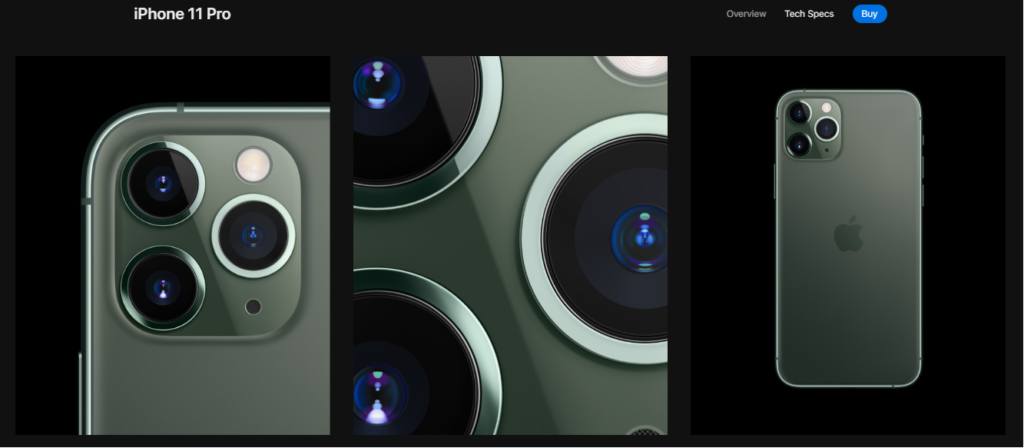
Social Proof
Once again a factor of trust and relatability, social proof allows clients to see the experiences of others and relate with your brand in a more realistic and personal way. Social proof is most often shown by displaying testimonials of past clients. This causes two effects –
- It allows your clients to see the experiences other consumers such as them experienced in their interaction with your brand. This helps them establish a standard of expectations, and then initiate conversation, or purchase.
- Secondly, it gives your clients clear evidence of credibility in terms of being a functioning, trustworthy brand. In a world with insurmountable amounts of fraud and cheating, this allows a certain sense of comfort.
See the testimonial page of Bizzabo to understand how they use their positive feedback to create a sense of trust with potential clients, while also making it an attractive interface.

Scarcity
A sense of urgency, and the need to buy something before the end of availability comes from the basic need for people to have what they can’t have. We always wanted the food that was on the table that we couldn’t have, so much more than what was in our bowl. As humans, our natural instinct is to fight to attain something scarce.
A sense of urgency, caused by a supposed limited time period, or a sense of demand, caused by the idea of limited supply is simply natural. An easily tapped into factor, this is the basis for one of the most commonly used prompts on and around CTA buttons. One of the strongest prompts is the sense of exclusivity. Sales based on an invite-only basis propelled a brand new company like One Plus to the top of the market almost instantaneously. Use examples such as these in all campaign plans.

Recency Illusion
Remember that time you drove past the Royal Enfield showroom, saw the Interceptor 650 and wanted it. Suddenly all you could see at every turn was the Interceptor, and it made you want it so much more? Use that same idea in your marketing and CRO. Make your marketing repetitive, but in an attractive way.
Bring your biggest selling points to the visitor’s or lead’s attention repeatedly and it will create an illusion of recency, Your campaigns will be a lot more impactful, with a sense of repetition.
For example, the Slack website brings to your attention their features, and in different ways emphasises the ease they provide with their services.

Verbatim Effect
Lastly, short and sweet has been one of the key notes for marketing from the start. Your copies, adverts, posts, CTAs, and everything your potential conversions interact with should be easy to read. Most importantly, all your content should be memorable, to say the least.
Leaving a lasting impression is crucial, and keeping it short is yet another way to achieve that. As people, we are keen on details, and rarely remember the specificities of the experiences we had or stories we’ve heard. This is simply a play to that effect, creating a lasting impact.
Make A Difference (MAD) – an Indian NGO – uses short, strong, emotion-evoking phrases to encourage people to join their community. Their content is packed with intent and impact, making it stand above the rest.
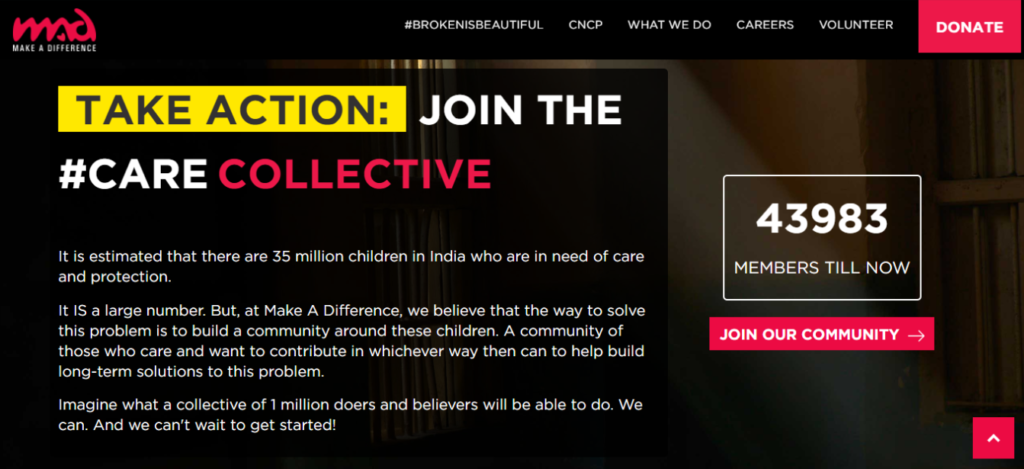
Conclusion
Always remember that psychology simply guides you on what basic senses to appease, but breaking away from the norm and finding innovative ways to do that can be highly beneficial as well. Marketing is about creativity and remembrance based on the backbone of some basic guidelines.
Being efficient with all of these factors is neither easy, nor constantly achievable, and not doing it well can cause major losses for you and your brand. Therefore, it is often advisable to hire agencies that specialise in web development and UI/UX design services when achieving something in this field. Prioritise professionalism, and your brand can prosper beyond your expectations.






